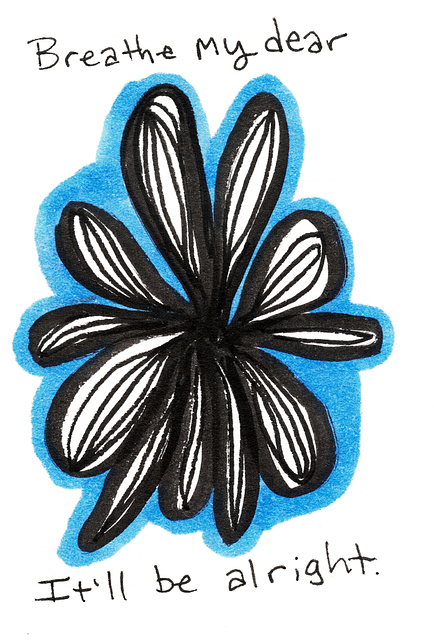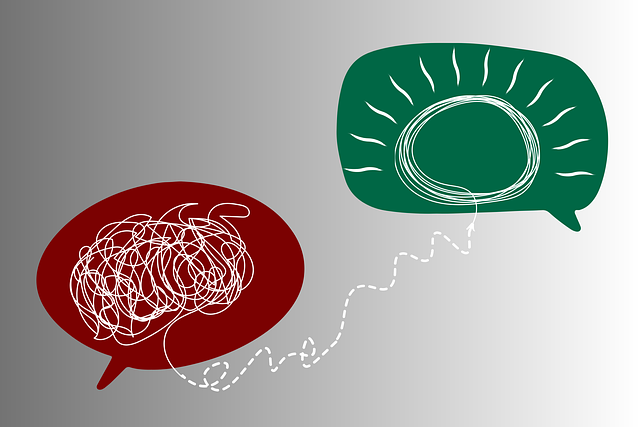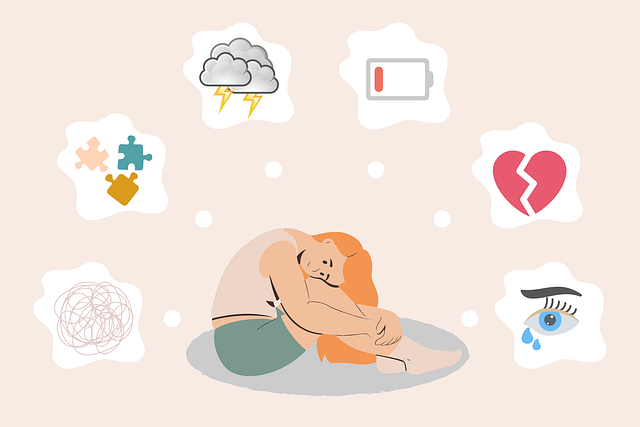Stigma surrounding mental health severely hinders access to essential therapy for children facing terminal illnesses, exacerbating their conditions and decreasing quality of life. To combat this, it's crucial to reduce stigma through positive thinking, open conversations, and cultural competency training for healthcare providers. Community and school-based educational initiatives demystify mental health issues, empowering individuals to offer support early on. Techniques like CBT and art therapy provide coping mechanisms, boost self-esteem, and enhance overall well-being for these children, improving their quality of life during a difficult journey.
Mental illness stigma significantly impacts individuals’ willingness to seek help, leading to worse health outcomes. This article explores comprehensive strategies to reduce mental health stigma, focusing on community and school interventions. We delve into the profound effect of societal perceptions on those with mental disorders, particularly children facing terminal illnesses, where therapy plays a pivotal role in their combat and support. By understanding these aspects, we can foster more inclusive environments, encouraging early intervention and improved mental well-being.
- Understanding the Impact of Stigma on Mental Health
- Strategies for Reducing Stigma in Communities and Schools
- The Role of Therapy in Combatment and Support for Children with Terminal Illnesses
Understanding the Impact of Stigma on Mental Health

The impact of stigma on mental health cannot be overstated, especially when it comes to children facing terminal illnesses. Stigma often manifests as discrimination, prejudice, and negative attitudes towards individuals with mental disorders, creating a barrier to accessing essential healthcare services. For terminally ill children, this can mean delayed or denied therapy due to the additional emotional burden of stigma. The consequences are profound; unaddressed mental health issues can exacerbate existing conditions, hindering the child’s ability to cope and potentially diminishing their quality of life.
Reducing stigma is a crucial step towards improving mental healthcare accessibility. It involves fostering positive thinking and encouraging open conversations about mental illness. This shift requires proactive measures such as cultural competency training for healthcare providers, which enables them to offer more empathetic care. By breaking down the walls of isolation and judgment, these efforts aim to create an environment where children with terminal illnesses can receive the therapy they need without the added fear of stigma-related consequences.
Strategies for Reducing Stigma in Communities and Schools

Reducing stigma around mental illness requires concerted efforts at both individual and community levels. In communities, educational initiatives play a pivotal role in fostering understanding. Workshops and seminars focused on demystifying mental health issues can empower individuals to recognize signs early and offer support. Encouraging open conversations about mental wellness, much like we do for physical health, can normalize discussions around therapy for children with terminal illnesses and other mental health challenges.
Schools, as hubs of social interaction, are ideal settings to implement anti-stigma campaigns. Incorporating stress management techniques such as mindfulness meditation into the curriculum not only teaches students valuable coping skills but also sends a powerful message that seeking help is a sign of strength. Similarly, promoting emotional intelligence can help peers understand and empathize with those facing mental health struggles. These strategies collectively contribute to creating supportive environments where individuals feel comfortable accessing resources for their emotional well-being.
The Role of Therapy in Combatment and Support for Children with Terminal Illnesses

Children facing terminal illnesses often require specialized support, and therapy plays a pivotal role in their combatment journey. This therapeutic process is tailored to meet the unique needs of young patients, addressing emotional, psychological, and social challenges associated with their conditions. Through various therapeutic modalities, such as cognitive-behavioral therapy (CBT) and art therapy, children can develop coping strategies to manage stress and anxiety, enhance self-esteem, and improve their overall well-being.
Therapy for children with terminal illnesses involves creating a safe space where they can express their fears, concerns, and emotions openly. Social skills training is integrated into these sessions, fostering connections and promoting peer interactions, which are crucial for the child’s sense of belonging. By learning effective communication techniques and building relationships, these young individuals can navigate social situations with greater confidence and ease. Additionally, therapy equips them with tools for stress management, enabling them to cope with the challenges that arise in their daily lives, thus improving their quality of life during this difficult period.
Mental illness stigma reduction is a multifaceted approach that requires understanding, empathy, and proactive strategies. By implementing initiatives in communities and schools, we can foster an environment of support and acceptance. Specifically, therapy plays a pivotal role in helping children with terminal illnesses and their families navigate challenging emotions and maintain quality of life. In the broader context, these efforts contribute to a more inclusive society where mental health is treated with the same compassion as physical health, ultimately enhancing overall well-being.












